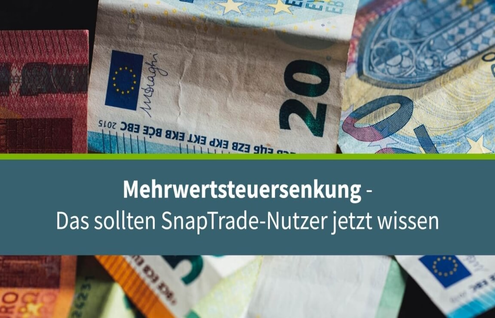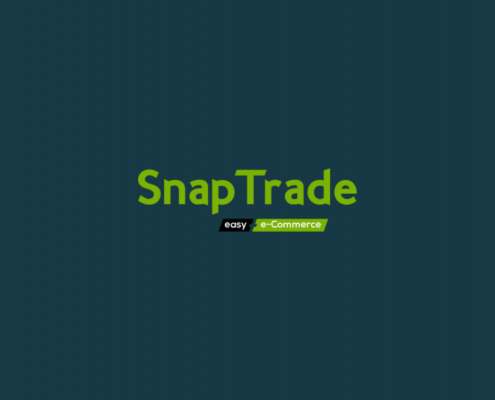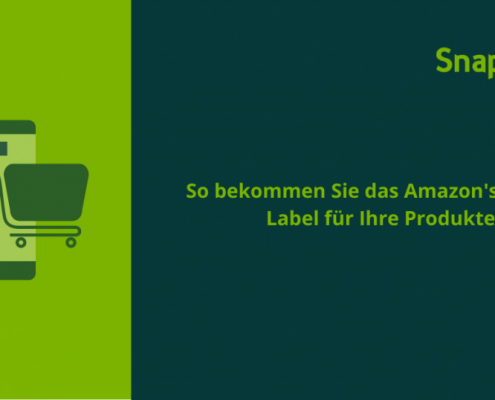Pricing with SnapTrade: The fastest way to dynamically adjust prices
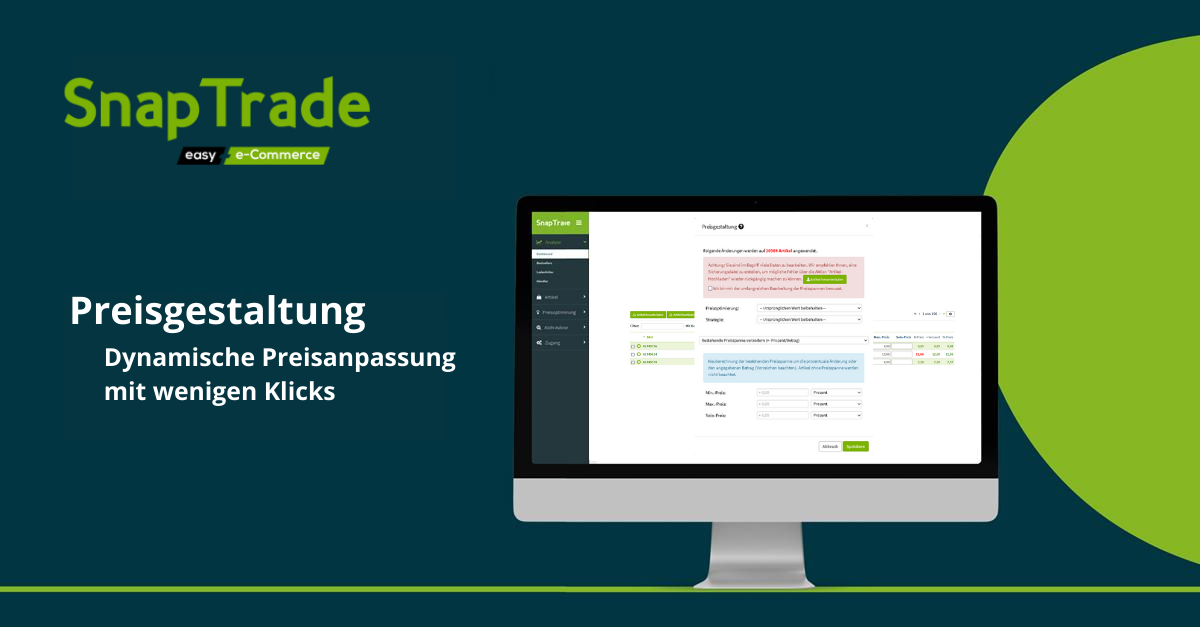
One product, one price? This constant is rather a rarity in fast-moving e-commerce. The prices for one and the same item change constantly, sometimes several times a day. Because manual price adjustment ties up a lot of resources and ultimately only follows changes in the market, automated solutions for dynamic pricing are almost mandatory. In this post we will show you how you can set your prices with SnapTrade and apply various pricing strategies to your items with just a few clicks.
Manual price adjustment has limits – which are reached on a daily basis
Imagine you want to adjust your product prices over a short period of time, for example for a weekend, a sale or a time-limited sale like the one Black Friday and the Christmas sales . Sure, a few products can be maintained by hand, but what if your portfolio includes 2,000 items or more? In this case, manual price adjustment would not be economical because it a) ties up resources that you lack elsewhere and b) causes high (personnel) costs.
In fact, there is no need for special discount campaigns so that manual price adjustments reach their limits. Rather, these are reached on a daily basis on marketplaces, as you are in a constant price war with your competitors. Adjusting the price of your articles by hand is no longer feasible from a certain assortment size and even if this were the case, you would only lag behind the development of the market price. Dynamic pricing is required to keep pace here.
Reading tip: 5 reasons for automatic repricing we show you here.
Dynamic pricing: what is it?
The idea of dynamic pricing is almost as old as the principle on which it is based: supply and demand. In contrast to static pricing, the product price changes depending on the market situation and competition. Dynamic pricing pays off especially on marketplaces like Amazon, where there are many providers for the same products, as it must be assumed that your competitors undercut prices you have set once and / or part of your margin with static pricing get lost.
Optimize the prices of your online shop with ShopSPY
SnapTrade is not only suitable for price optimization on marketplaces such as Amazon & Co. With ShopSPY we offer you a solution with which you can find the best prices for your online shop. With the help of various price comparison portals such as Idealo and Google Shopping, the tool records the offers of your competitors and suggests the appropriate prices on the basis of these.
Pricing with SnapTrade: Dynamic prices with just a few clicks
SnapTrade’s pricing allows you to customize the pricing of your products with just a few clicks. It does not matter whether you only use the design rules for individual products or your entire range.
How to find pricing:
The rider Pricing can be reached in the menu items about the Article overview .
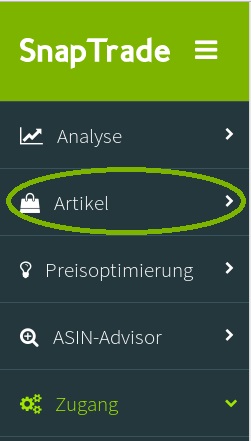

In the window Pricing Once you have arrived, you can activate or deactivate dynamic pricing, whichever you prefer strategy change and Price ranges determine.
Reading tip: Here you can find out more about the SnapTrade strategies .
How do I define price ranges?
You can easily define minimum and maximum prices with SnapTrade. There are two different options available to you for this:
Set the price range based on the current offer price
With pricing, price ranges can be set based on the current offer price on marketplaces. To do this, SnapTrade checks the offers of your competitors. The price range can then be specified as a percentage deviation from the offer price.
Calculation of the price ranges based on the purchase price
The price ranges can be conveniently set using the Pricing based on the purchase price. To do this, you can use the default values under access > Marketplaces > Marketplace –Save price calculation. The purchase price and different costs can be specified in the article. The values can be found in the surface below items > items > Select product or over Upload article run via CSV. For further assistance, please refer to the online help on the marketplace and on the article.
See for yourself!
We have been offering our customers software solutions for optimizing business processes since 2013. The ability to quickly adjust prices across the entire range with the help of SnapTrade’s pricing is used by retailers of all sizes and from all industries. Convince yourself and test our tool for 14 days free of charge!
Frequently asked questions about pricing with SnapTrade
When is the pricing worthwhile?
Pricing is a particularly quick way to dynamically adjust prices for parts of your range or for all items. It is particularly worthwhile if you have to maintain a large number of products and / or want to make changes to the price for a certain period of time. This can be, for example, over a weekend, on Black Friday, during Christmas sales or during any other discount campaign. Also, you can very quickly revise the prices of products that Amazon is turning off due to a high price error because they are selling too expensive. Just set the price range a little lower and reactivate the items using SnapTrade.
Why should I create article groups?
Article groups enable efficient handling of the article master in order to be able to group articles according to your own ideas. You can, in turn, define price ranges for your item groups within the pricing structure. An article can be assigned to several groups, for example to identify summer fashion from a specific brand. You can add any number of article groups under items > Article groups Create and assign to the articles. The articles can be assigned as a comma-separated list directly to the article group or to the article via the action Article groups assign. The article groups are also included in the CSV download and can be changed and uploaded. As soon as an article group has been assigned, an additional filter is available on the article list for bestsellers and slackers.
What is the Solo Prize?
The solo price takes effect as soon as you are the sole supplier for an item. If a solo price is available, the maximum price defined within the pricing only applies in the event of a competition. For example, you can set a higher price in the event that you are the only one selling a product and thus optimize your margin even further.

